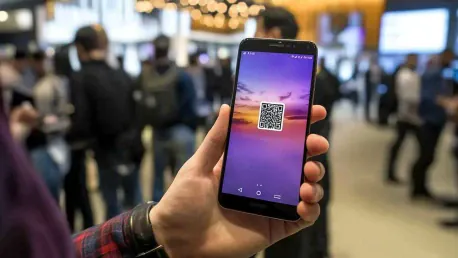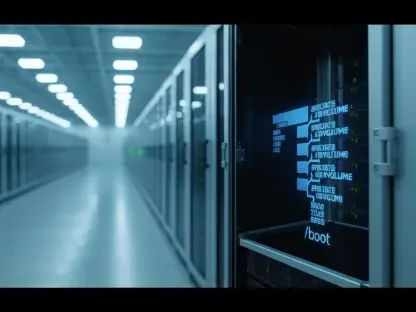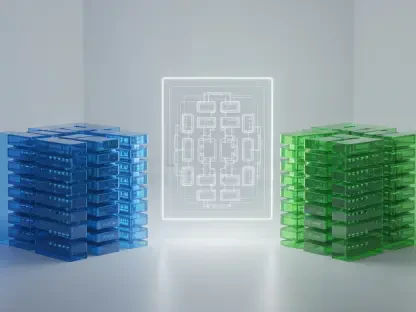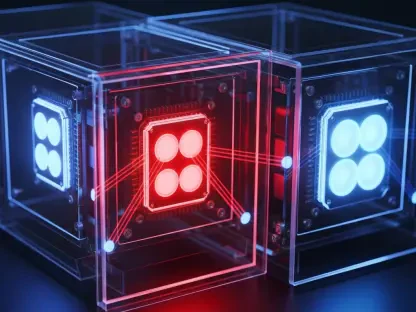For many years, SMS authentication codes have been a staple in online security, providing a reliable method to verify user identities and prevent fraud. However, as cybercriminals have increasingly exploited the vulnerabilities inherent in SMS-based verification methods, the effectiveness of this approach has come under scrutiny. In response to growing concerns about security breaches and unauthorized access facilitated through SMS scams, Google has announced a significant shift for Gmail: transitioning from text-based authentication codes to QR codes. This decision marks an important move in bolstering security and mitigating the risks associated with traditional SMS verification.
The Vulnerabilities of SMS Authentication
The main motivation behind Google’s decision lies in the inherent vulnerabilities of SMS authentication. Cybercriminals have found ways to exploit weaknesses in SMS-based verification, with tactics such as SIM swapping, where scammers trick mobile carriers into granting them access to user phone numbers. This can lead to unauthorized access to accounts and a plethora of security breaches. Another prevalent scam is traffic pumping, where fraudsters cleverly profit from triggering numerous authentication messages, further undermining SMS’s reliability.
These security threats have made text-based verification increasingly unreliable. SMS authentication, once considered a robust security measure, has now become a target for various schemes that deceive users and compromise their information. Users often fall victim to phishing attempts where they unwittingly divulge their security codes to malicious actors. Such incidents highlight the pressing need for more secure and foolproof authentication methods that can effectively combat these evolving threats.
QR Codes: A Strategic Shift for Greater Security
In a strategic response to these mounting security concerns, Gmail’s shift to QR code authentication is a reflection of a broader industry trend towards adopting more secure and innovative verification methods. This transition represents a significant step towards enhancing user protection and addressing the limitations of SMS-based authentication. During the login process, users will be required to scan a QR code displayed on their screens using their phone’s camera. This method substantially reduces the risks associated with phishing, as no code is shared that could be intercepted or misused by scammers.
Ross Richendrfer, a Gmail spokesperson, emphasized the necessity of this change, citing the widespread abuse and exploitation of SMS authentication methods. QR code authentication provides an additional layer of security by ensuring that the verification process remains confined within the user’s trusted devices. This approach not only streamlines the authentication process but also strengthens the overall security framework, making it more difficult for malicious actors to gain unauthorized access.
The Future of Secure Authentication in the Digital Age
For years, SMS authentication codes have been a cornerstone of online security, offering a dependable method to verify user identities and thwart fraud. However, cybercriminals have increasingly found ways to exploit the vulnerabilities of SMS-based verification, bringing the effectiveness of this method into question. As concerns about security breaches and unauthorized access via SMS scams have grown, Google has taken a significant step to enhance Gmail’s security by transitioning from text-based authentication codes to QR codes. This move is an important effort to strengthen security measures and reduce the risks associated with traditional SMS verification. It highlights a proactive approach to addressing evolving cyber threats and ensuring that user data remains protected in an ever-changing digital landscape. Google’s decision underscores the necessity of continuously updating security protocols to safeguard against sophisticated cyber attacks.









